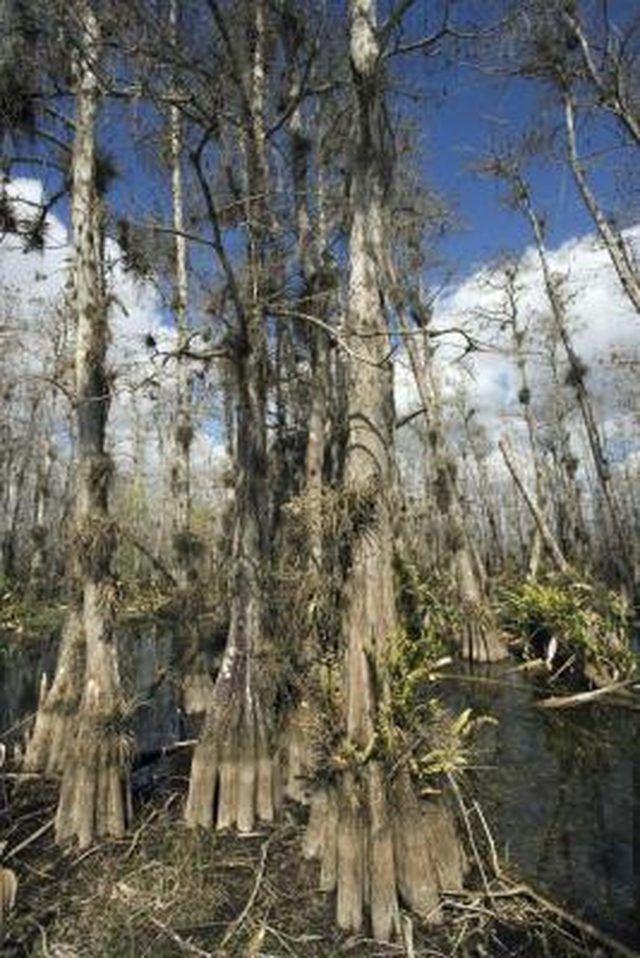Bulbs
Flower Basics
Flower Beds & Specialty Gardens
Flower Garden
Garden Furniture
Garden Gnomes
Garden Seeds
Garden Sheds
Garden Statues
Garden Tools & Supplies
Gardening Basics
Green & Organic
Groundcovers & Vines
Growing Annuals
Growing Basil
Growing Beans
Growing Berries
Growing Blueberries
Growing Cactus
Growing Corn
Growing Cotton
Growing Edibles
Growing Flowers
Growing Garlic
Growing Grapes
Growing Grass
Growing Herbs
Growing Jasmine
Growing Mint
Growing Mushrooms
Orchids
Growing Peanuts
Growing Perennials
Growing Plants
Growing Rosemary
Growing Roses
Growing Strawberries
Growing Sunflowers
Growing Thyme
Growing Tomatoes
Growing Tulips
Growing Vegetables
Herb Basics
Herb Garden
Indoor Growing
Landscaping Basics
Landscaping Patios
Landscaping Plants
Landscaping Shrubs
Landscaping Trees
Landscaping Walks & Pathways
Lawn Basics
Lawn Maintenance
Lawn Mowers
Lawn Ornaments
Lawn Planting
Lawn Tools
Outdoor Growing
Overall Landscape Planning
Pests, Weeds & Problems
Plant Basics
Rock Garden
Rose Garden
Shrubs
Soil
Specialty Gardens
Trees
Vegetable Garden
Yard Maintenance
Leaf & Tree Identification for Florida Trees
Leaf & Tree Identification for Florida Trees. Florida is a diverse ecological matrix. It encompasses trees from the temperate zones of North America to tropical species of the Caribbean and Central America. Paying attention to leaf characteristics is one of the best methods of identifying the state's trees, from sugar maples to red mangroves.

Florida is a diverse ecological matrix. It encompasses trees from the temperate zones of North America to tropical species of the Caribbean and Central America. Paying attention to leaf characteristics is one of the best methods of identifying the state's trees, from sugar maples to red mangroves.
Leaf Shape
Leaf shape can help you broadly classify a tree -- sometimes all the way to species. One of Florida's pines distinguishes itself by its long needles; a palm shows large fronds. A water oak in a bottomland wood has a duckfoot-shaped leaf; an American basswood in northern or central Florida has a heart-shaped one.
Leaf Edge
Looking at the leaf edges is another diagnostic tool. Some, like the basswood's, will be serrated, while others, like those of the flowering dogwood of northern Florida or the nearly statewide sweetbay, will be relatively smooth.
Pine Needles
Count the number of needles in a pine and estimate their length. Loblolly and slash pines look quite similar, but the former, found in the northern part of the state, usually has three to a bundle, while the latter, found across much of Florida, usually has two. Both have much longer needles than those of the appropriately named shortleaf pine of northern Florida.
Evergreen vs. Deciduous
Many Florida trees, such as royal palms, mahoganies and pines, are evergreen -- they keep their leaves throughout the year. Others, such as maples and sassafras, are deciduous, dropping them for the winter or dry season.